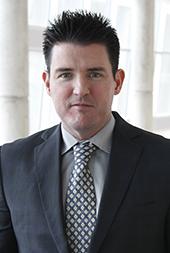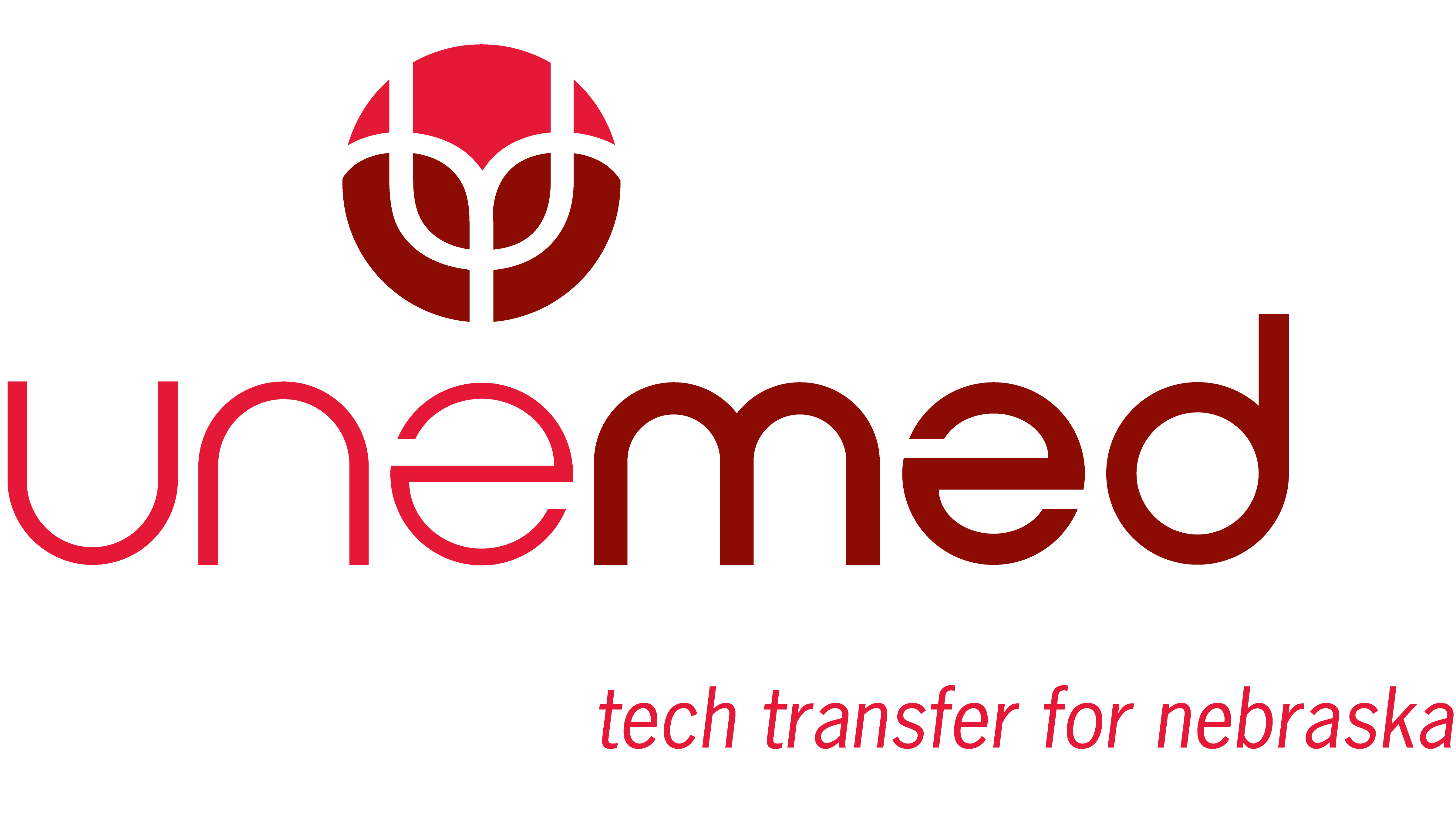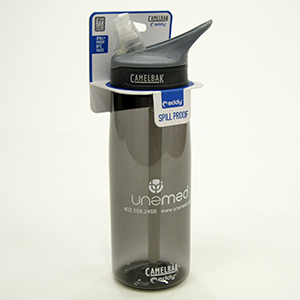Study reports economic impact of $4.2 billion annually
by Tom O’Connor, UNMC
OMAHA, Neb. (Feb. 16, 2015)—UNMC and its primary clinical partner, Nebraska Medicine, have a combined $4.2 billion annual impact on Nebraska’s economy, a study released today indicates.
 The study, completed by nationally recognized consulting firm Tripp Umbach, shows that the Med Center not only contributes to the state’s well-being in health care, but also is a major player in driving its economy, said UNMC Chancellor Jeffrey P. Gold, M.D.
The study, completed by nationally recognized consulting firm Tripp Umbach, shows that the Med Center not only contributes to the state’s well-being in health care, but also is a major player in driving its economy, said UNMC Chancellor Jeffrey P. Gold, M.D.
“Our work impacts Nebraskans every day. Although our primary goal is to improve the lives of Nebraska through clinical care, education, research and community outreach, we’re proud to be such a strong contributor to the state’s economy and take that responsibility seriously,” said Dr. Gold, who also serves as chairman of Nebraska Medicine’s advisory board.
Tripp Umbach studied fiscal year 2013-2014, and its study includes UNMC, Nebraska Medicine, and the work that those organizations’ employees do for affiliates such as the VA Medical Center and Children’s Hospital & Medical Center. Since 1995, Tripp Umbach has completed economic impact studies of all 130 medical schools and 400 teaching hospitals for the Association of American Medical Colleges (AAMC).
“It’s clear that UNMC and Nebraska Medicine have a significant impact on the economic health and well-being of our state. The education, research and patient care happening here attracts talent to Nebraska, produces a skilled workforce, leads to new products and innovations, and improves the quality of life for people around the state and the world,” said University of Nebraska Interim President James Linder, M.D. “I could not be more proud of the economic, educational and health benefits that UNMC and Nebraska Medicine bring to Nebraska.”
Of the $4.2 billion impact, $1.8 billion was through direct expenditures for goods and services by UNMC, employees, students, out-of-state patients and visitors. The remaining $2.4 billion came in the form of indirect spending within Nebraska, meaning the businesses and individuals that received direct payments from the medical center and its affiliates then respent their money within the state.
“It takes strong pillars to support a thriving state and local economy, and two of Greater Omaha’s most powerful are based – literally – at the city’s core,” said David Brown, president and CEO of the Greater Omaha Chamber. “UNMC and Nebraska Medicine are an undeniable force in terms of economic impact, job creation and workforce development; phrases we revere at the Chamber because we know they equate to lives improved and enhanced access to prosperity city-, region- and statewide.”
Dr. Gold noted that a key benefit of the Med Center, economically, is attracting fresh dollars to the state’s economy and keeping dollars from leaking out of the state to other academic health centers.
For instance, the Tripp Umbach report concluded that two clinical service lines – cancer and transplantation – have an economic impact of $377.8 million and $139.1 million, respectively, on the state’s economy.
“Programs such as these serve a double benefit by keeping money in the state’s economy and attracting dollars to the Nebraska economy from other regions of the country and internationally,” Dr. Gold said.
Other findings of the report included:
- UNMC and Nebraska Medicine created and supported 28,927 Nebraska jobs in fiscal year 2013-2014.
- UNMC and Nebraska Medicine generate $99.1 million per year in state and local taxes (i.e. dividends, fines/fees, sales, property, real estate, motor vehicle, licensing and other taxes).
- UNMC graduates working throughout Nebraska generate an economic impact of $3.9 billion. Based on profession, physicians have a $2.7 billion impact or $1.3 million per graduate, followed by dentists ($534 million total/$750,000 per grad), pharmacists ($339.9 million/$300,000 per grad), advanced practice registered nurses ($147 million/$250,000 per grad), physician assistants ($134.7 million/$250,000 per grad), and physical therapists ($111.4 million/$200,000 per grad).
- The combined impact of two service lines (cancer and transplant services) at UNMC and Nebraska Medicine totals $516.9 million (direct and indirect spending).
The study showed that about $1 in every $25 in the Nebraska economy is generated by UNMC/Nebraska Medicine, and the Med Center generates one in every 35 jobs in the state.
“The work we do to educate next generation health care providers, advance research of critical health issues and treat patients from around the world will always be our top priority,” said Dr. Gold, “but it’s both humbling and gratifying to know how connected and significant that work is in keeping a strong Nebraska economy.”
Nearly half of Nebraska’s physicians, dental professionals, bachelor-prepared nurses and allied health professionals have graduated from UNMC. As an academic health science center, UNMC offers patients world-class health care backed by the latest research innovations and practiced by faculty training the next generation of health providers.
Tower cranes dot the landscape as the medical center continues construction work, in Omaha, on the $323 million Fred & Pamela Buffett Cancer Center, the Lauritzen Outpatient Center, the Lozier Center for Pharmacy Sciences and Education/UNMC Center for Drug Discovery, and, in Kearney, the UNMC/UNK Health Science Education Complex.
Read article
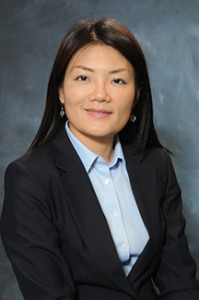 OMAHA, Neb. (May 11, 2015)—UNeMed technology development specialist, Qian Zhang, PhD, recently passed the United States Patent and Trademark Office’s patent bar exam and is now a registered patent agent.
OMAHA, Neb. (May 11, 2015)—UNeMed technology development specialist, Qian Zhang, PhD, recently passed the United States Patent and Trademark Office’s patent bar exam and is now a registered patent agent.

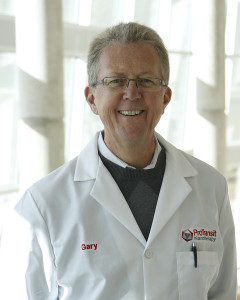
 Making smarter drugs is certainly possible—if you have about a decade to kill and a few hundred million of spare change lying around. But an intelligent and skilled researcher could save a lot of time, energy and increasingly rare grant funding by looking for ways to improve existing drugs.
Making smarter drugs is certainly possible—if you have about a decade to kill and a few hundred million of spare change lying around. But an intelligent and skilled researcher could save a lot of time, energy and increasingly rare grant funding by looking for ways to improve existing drugs.
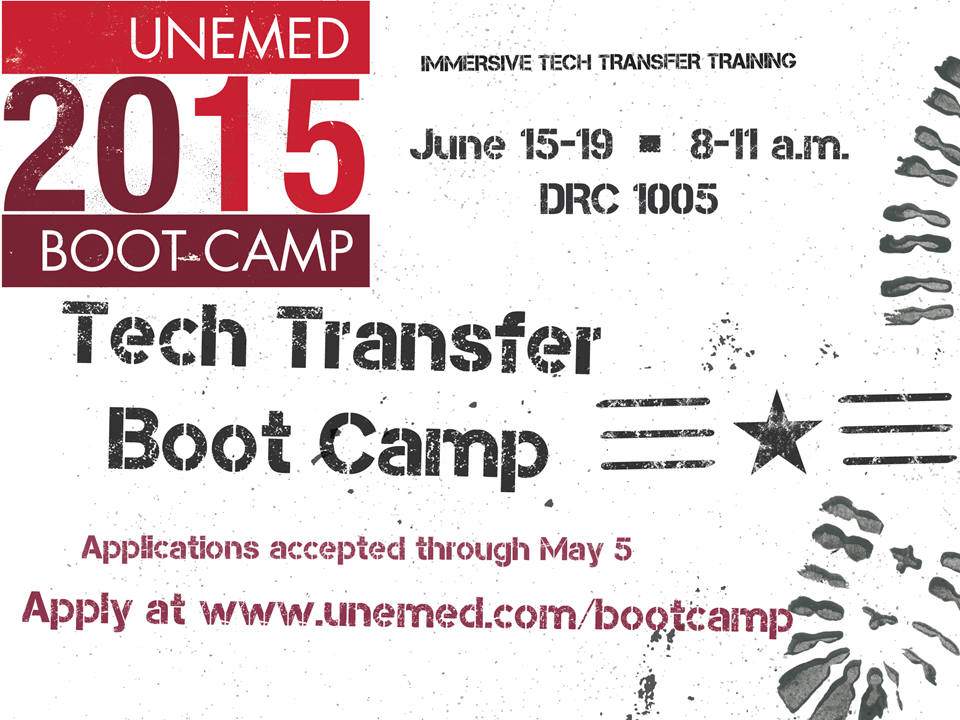


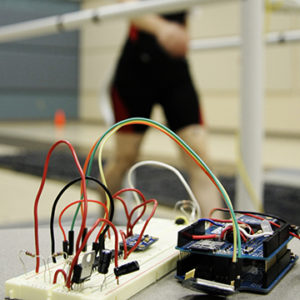 disease (COPD) detector in the largest ongoing clinical study of COPD exacerbation. The University of Nebraska at Omaha’s
disease (COPD) detector in the largest ongoing clinical study of COPD exacerbation. The University of Nebraska at Omaha’s 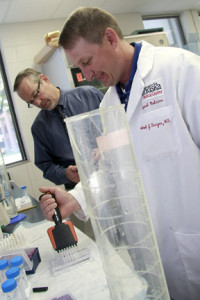
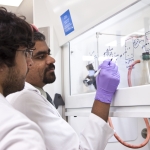 Amarnath Natarajan, PhD, received a University of Nebraska Proof of Concept grant to further his research on “
Amarnath Natarajan, PhD, received a University of Nebraska Proof of Concept grant to further his research on “ The study, completed by nationally recognized consulting firm Tripp Umbach, shows that the Med Center not only contributes to the state’s well-being in health care, but also is a major player in driving its economy, said UNMC Chancellor Jeffrey P. Gold, M.D.
The study, completed by nationally recognized consulting firm Tripp Umbach, shows that the Med Center not only contributes to the state’s well-being in health care, but also is a major player in driving its economy, said UNMC Chancellor Jeffrey P. Gold, M.D. His talk, “A New Paradigm for Engaging the War on Infectious Diseases,” is set to begin at noon on Tuesday, Feb. 17. Mirsalis is an internationally recognized expert at developing drugs for infectious diseases. He is expected to discuss efforts to overcome recent cutbacks in funding for research and development with a growing trend toward private-public partnerships. He will focus on the growing need for vaccines and therapeutics, and will present new models for discovering and developing them.
His talk, “A New Paradigm for Engaging the War on Infectious Diseases,” is set to begin at noon on Tuesday, Feb. 17. Mirsalis is an internationally recognized expert at developing drugs for infectious diseases. He is expected to discuss efforts to overcome recent cutbacks in funding for research and development with a growing trend toward private-public partnerships. He will focus on the growing need for vaccines and therapeutics, and will present new models for discovering and developing them.
